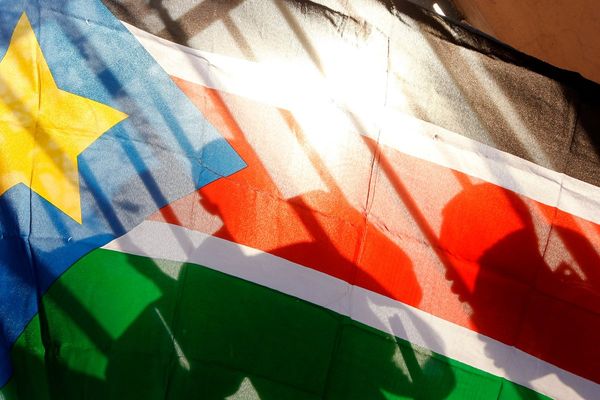
In 2024, the Islamic Republic of Iran carried out a staggering number of executions, with over 1,000 prisoners put to death in 86 prisons across the country. This figure, as reported by the National Council of Resistance of Iran (NCRI), marks a significant increase of 16% from the previous year's executions.
The majority of these executions occurred in the latter half of the year, with nearly 70% taking place after the election of President Masoud Pezeshkian in July. The NCRI noted that a significant portion, around 47%, happened in the fourth quarter of 2024, a period marked by regional defeats and internal crises for the regime.
According to Maryam Rajavi, the president-elect of the NCRI, these executions are seen as a desperate measure by the regime to quell potential uprisings and dissent among the populace. Rajavi emphasized that such actions only serve to strengthen the resolve of Iran's youth to seek the overthrow of the current regime.



The report also highlighted that negotiations with the Iranian regime should be contingent upon ending executions and torture, with calls for holding the regime's leaders accountable for decades of human rights abuses.
Behnam Ben Taleblu, a senior fellow at the Foundation for Defense of Democracies, pointed out that the regime's increased executions may be a response to its perceived weakness on the international stage, as it seeks to maintain control domestically.
Among those executed in 2024 were women, juvenile offenders, Afghan nationals, and individuals from ethnic minorities, including the Baluchi minority. The report noted a significant rise in the number of executions compared to previous years.
The executions also included high-profile cases, such as that of journalist Jamshid Sharmahd, a German citizen and U.S. resident who was kidnapped in 2020 and later executed on charges of corruption. The regime's actions have drawn condemnation from international observers and human rights organizations.
As the year came to a close, 12 prisoners were executed on the first day of 2025, underscoring the ongoing human rights concerns in Iran.







